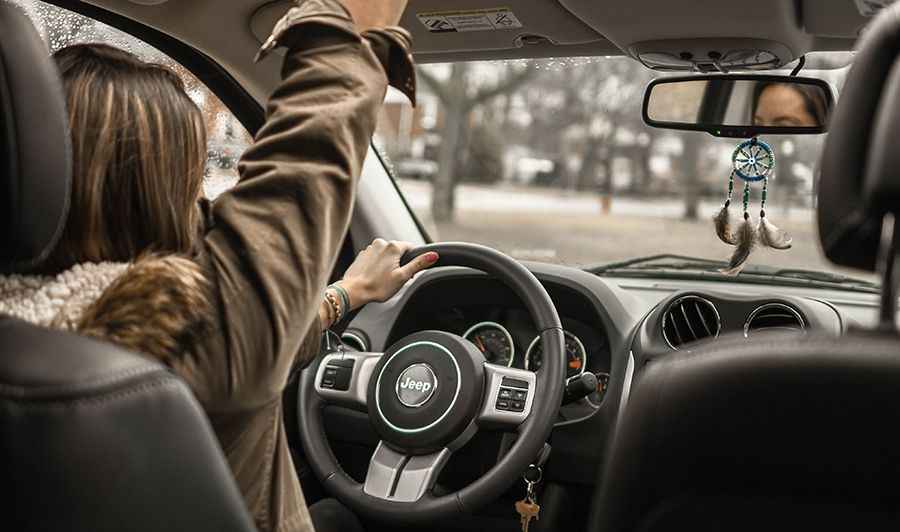Road trip - car safety you’ve forgotten
Car safety is something that our driving instructors mention time and time again. But just like anything in life, if we don’t recap the things we need to know, we start to forget them.

That’s why if you’re heading out on a road trip, you may wish to recap some basic car safety advice - many drivers often forget some of the basics of safe driving, which can lead to accidents.
Perhaps you’ve forgotten how to check your oil levels. Maybe you can’t quite recall how you’re supposed to check your tread depths. Now’s the time to cover a few of the main car safety lessons you may have forgotten before you hit the open road.
Parking on a hill (which way do you turn your wheels?)
Parking on a hill is something we all have to do from time to time, because not all roads in all places are completely bereft of gradients. But the question is, which way should you turn your wheels to ensure that your car is less likely to roll downhill in the event of a catastrophic failure of the parking brake? Well, that’s a bit of a trick question, because there are two answers…
When parking facing uphill, turn your wheels away from the kerb. If the parking brake were to fail, the car would roll back slightly and the kerb would cushion the near side wheel as they bump together, preventing the car from rolling further. When parking facing downhill, turn your wheels towards the kerb (for the same reasons). Spending the night on a road trip? Your overnight accommodation will likely have parking, so this shouldn’t be too much of a worry.
Fog lights
When should you use your fog lights? The usual advice is switch on your fog lights when visibility is reduced to 100 metres (or under). But many people do not understand the reason behind why we use fog lights. The answer is actually a tiny bit more interesting than you might think. Obviously, it’s to do with increased visibility. But how?
Fog floats a small distance from the ground. This is because of the difference in temperature between ground temperature and air temperature. Fog lights are positioned low down on the vehicle, meaning the light is shone into this gap between the ground and the fog, allowing the driver to see road markings. Road trips often include driving at dawn, when fog is at its most noticeable.
Aquaplaning
Firstly, the good news about aquaplanning is that it typically only lasts for a second or two. However, the bad news is that if you are travelling at 65mph, you are covering nearly 100 feet per second. That could mean drifting close to 200 feet with no control over your vehicle. Plus, when you regain control, you might not be facing the right way, or your car could have veered into an adjacent lane (meaning your problems aren’t over yet).
If your car begins to aquaplane, take your foot off the accelerator, try to steer a straight line, and be ready to act the moment you regain control.